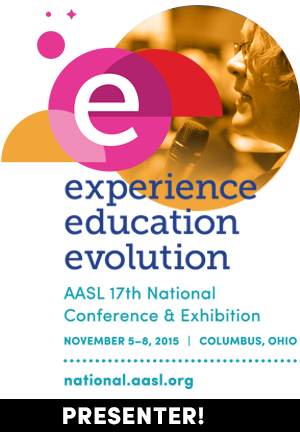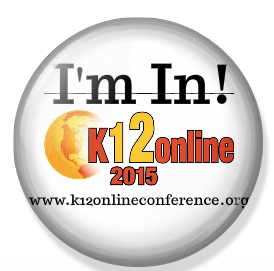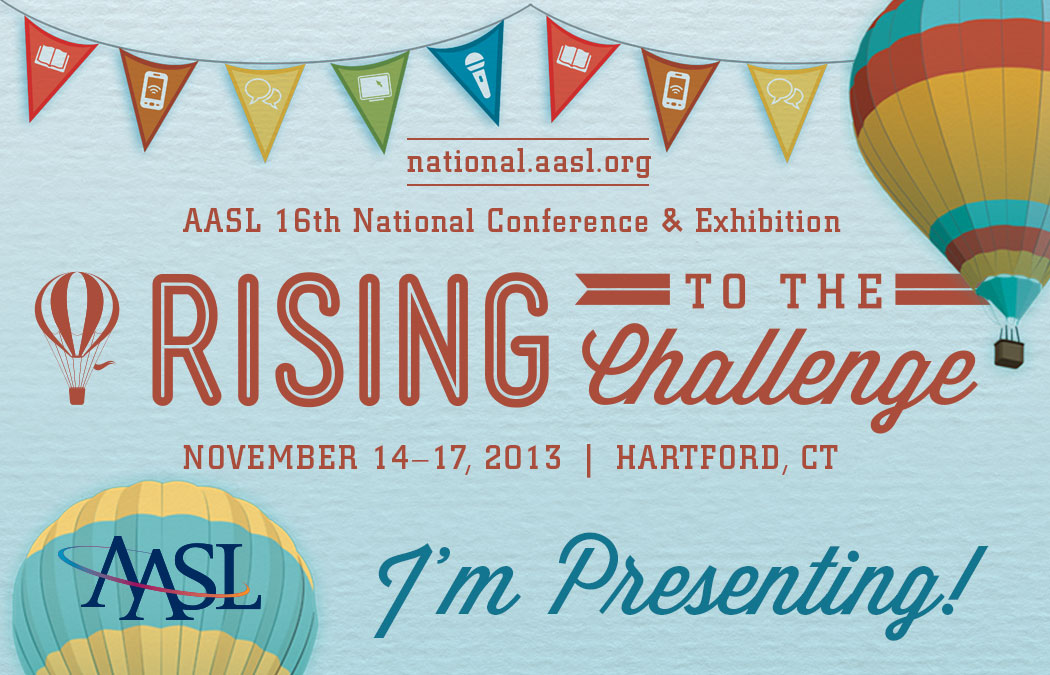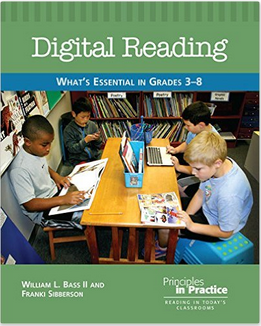
Thoughts from Chapter 6
Assessing in the library is a little different than in the classroom, but I am learning that it is still an important part of helping students learn and grow. I have interviewed students about their reading habits in the past based on Steven Layne’s Igniting a Passion for Reading. I can’t wait to make some changes now to include digital reading. I also am excited to share with the classroom teachers and reading teachers with whom I work.
What a great list of digital tools that could be used for assessment! I thought it was important that they use such a variety of artifacts including audio recordings, photos, and print. My son is the kind of student who types better than he writes and because he is quite verbal, will often give a better oral response than written. The more variety you have in your assessments, the better you can see the growth and learning that is happening, instead of relying on just one type.
Snagit is one of my new favorite screen capture tools. It is a Chrome extension and the kids love it! I do wonder what type of audio recording tools people use? I have used Audacity, but am always looking for other suggestions.
Thoughts from Chapter 7
Connecting parents, families, and also the community is so important. I find that the more we can have students share, the better. But any communication that we can do as teachers helps too. In the library, I share a great deal on Twitter and hope to begin having a Twitter account for each of my libraries and involve the students in sharing. Blogging has been another great way to share about student learning and my learning too. Recently, each of our schools has gotten Facebook accounts, so in addition to Twitter, Powerschool and my blog, the post goes to Facebook too. That move came from a parent survey which let us know that Facebook was the preferred social media. I also still use paper to share. A few times a year, I send home a paper "bookmark" type handout that tells what each grade is learning about in library, favorite books we have read, and any digital tools students have been using. The ideas shared on pages 106-7 help me know I am going in the right direction. I have to say however, that sometimes, keeping up with these takes a lot of work. It's worth it, but I do get behind. It is challenging in the library because I feel like I have such a short time with the classes each week. I would love to have students be responsible for deciding what is shared, I just need to figure out how to work that out.
In order to have a whole school event such as the one described on pages 102-3, a lot of planning needs to happen. But when a shift occurs, such as really incorporating digital reading into your practice, it can really make a difference in the understanding the community has about what students are doing.
What a terrific read this was. I am excited to reread certain parts and really think about how I will incorporate digital reading into my libraries. Thank you to all of you! I am loving learning from everyone and can't wait for our chat next week.
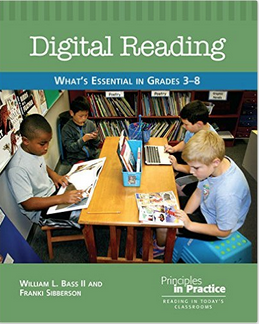
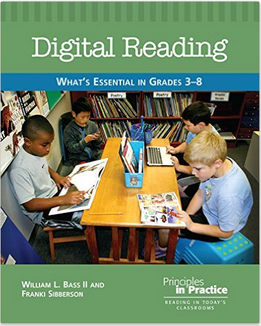
 RSS Feed
RSS Feed




















